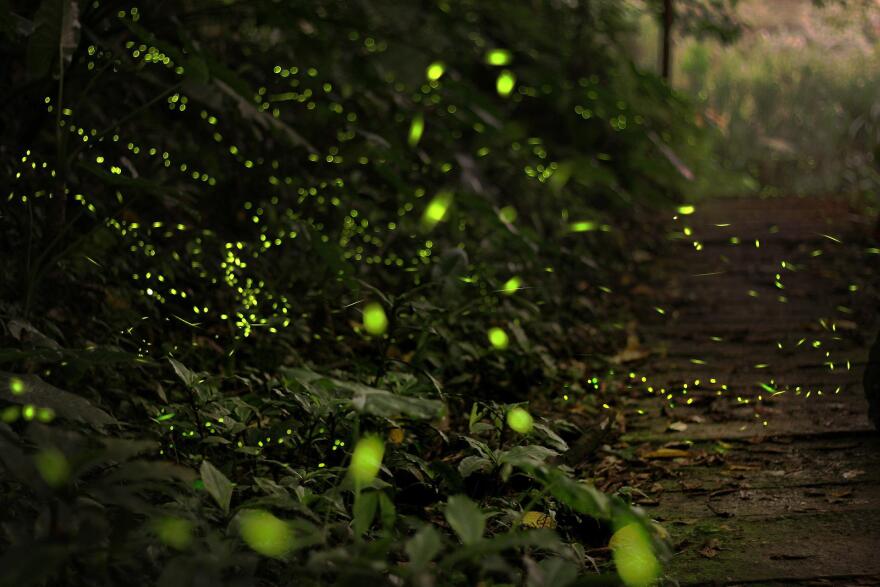ALLENTOWN, Pa. - This time of year, fireflies—the official insect of Pennsylvania—light up the Lehigh Valley.
But that glow is starting to dim, as firefly population numbers decline globally.
One in three firefly species in North America may be at risk of extinction, according to a study by the Xerces Society for Invertebrate Conservation.
Marten Edwards, professor of biology at Muhlenberg College, said the main culprit is the loss of their natural habitats.
“Fireflies are endangered in some places: Certain forests, if there’s a choice to cut them down or leave them in place, leaving them in place might make a big difference,” said Edwards.
People can help with firefly conservation by avoiding pesticides, he said, and turning off outdoor lights, which confuse the bugs’ mating habits.
He explained that the glowing light produced by fireflies, called bioluminescence, comes from their lantern-like organs.
“It is a chemical reaction that produces light, but doesn't make any heat. It’s like the reaction you get in glow sticks,” he said, “So you see them flash, they turn the light on and off. And the way they do that is by opening up little holes on the side of their body that lets oxygen in.”
Another way to help, he said, is to planting trees and native grasses, and to allow log and leaf litter to accumulate.
“They prefer longer grass and they like to be in the leaf litter from the leaves that have fallen from last year,” Edwards said, “That will make a much better firefly habitat.”
He said it’s ok to catch fireflies, on one condition:
“I would never discourage anyone from catching them and putting them in a jar. Just let them go when you’ve finished looking at them,” said Edwards.
Peak firefly season runs from mid-June through July.


